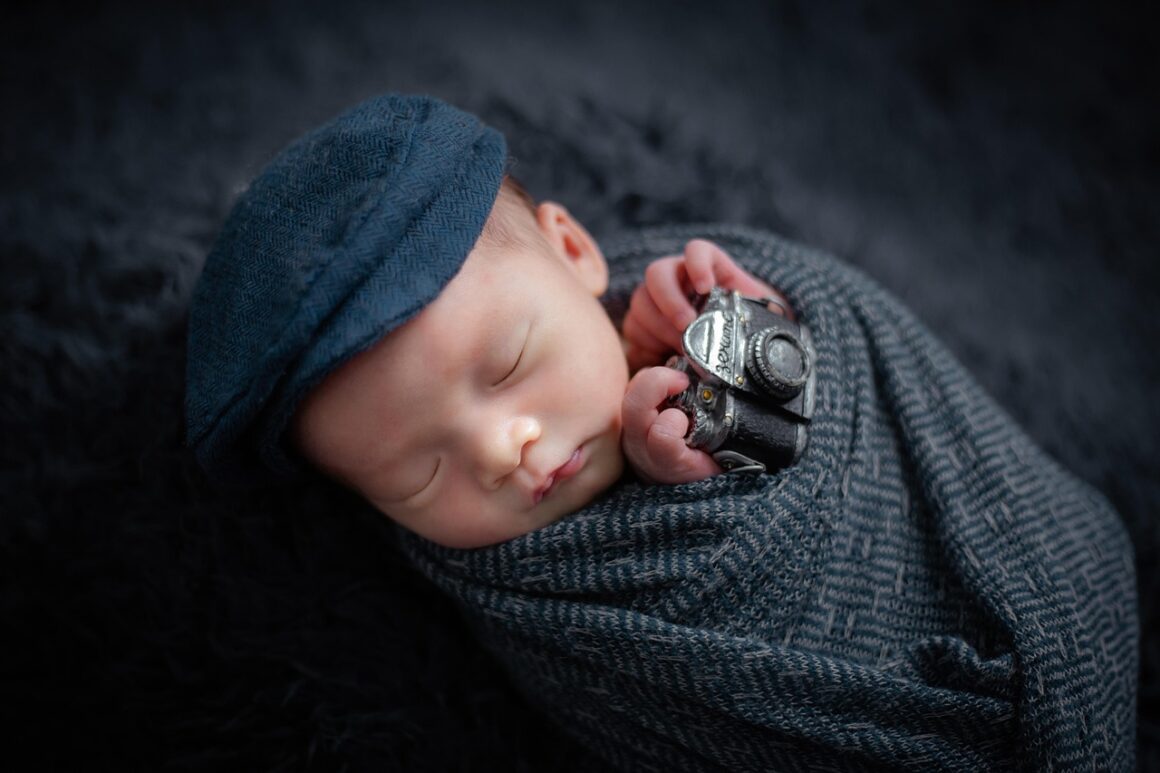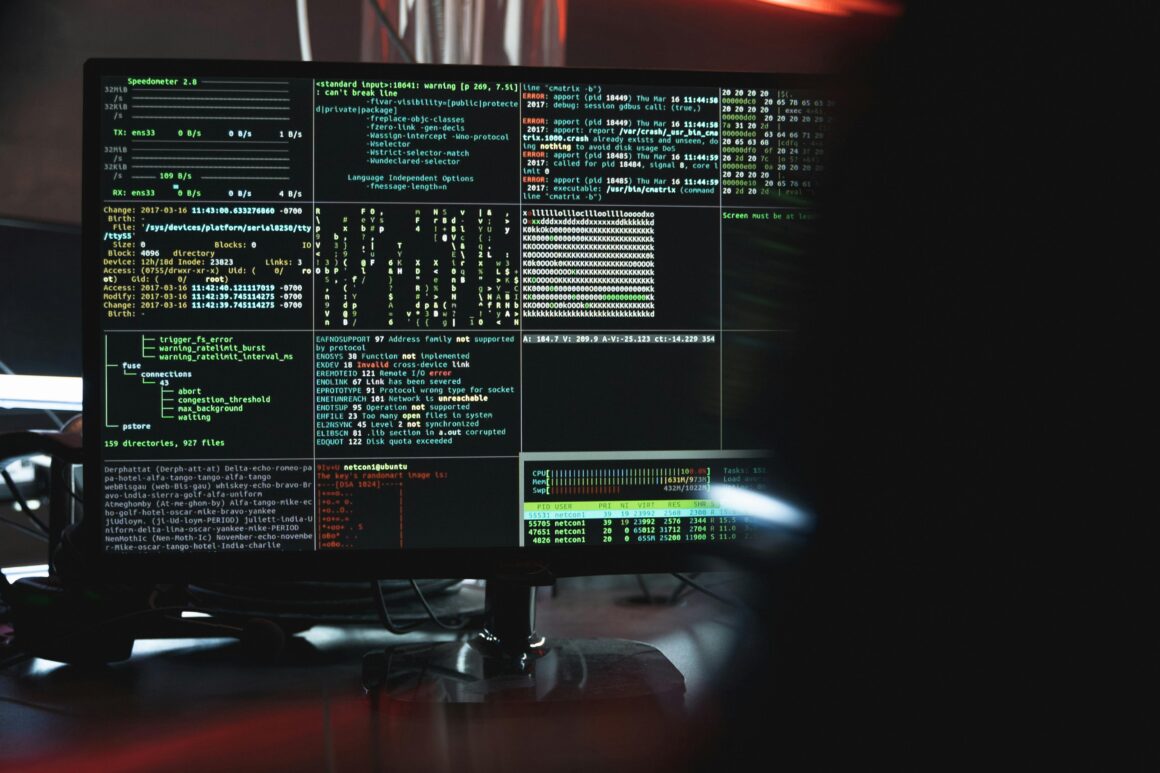Healing crystals seem to be everywhere nowadays — celebrities Kim Kardashian and Cara Delevigne have been seen crystal shopping, and crystal shops are thriving in areas like Los Angeles. Proponents claim that different crystals can boost your energy, relieve stress, and even repel “negative energy and pollutants”. Modern crystal “healing” borrows from a myriad of cultural traditions including the Chinese chi or qi, a “life-energy”, and the Hindu or Buddhist concept of chakras. These crystals are part of a New Age spirituality that is being increasingly embraced by millennials and young people. This spirituality tends to associate natural items with supernatural or metaphysical energy and can be combined with more traditional forms of religion. A 2009 study found that a quarter of adults believe that spiritual energy is located in crystals, mountains, trees, and other natural objects. But do these crystals really work?
From a scientific perspective, there is no evidence that crystals can be used to cure diseases, and many medical professionals have referred to the practice as “pseudoscience”. However, a 2001 study conducted at the Goldsmiths College at the University of London suggested that the crystals may induce a placebo effect. In the study, participants were given crystals to meditate with- some real, some fake. After meditating, they answered questions about whether or not they had experienced any effects. Researchers found that the effects reported from the fake and real crystals were no different. Participants who had these effects “suggested” to them before the meditation reported stronger effects, and individuals who believed in crystal healing were twice as likely to report feeling changes.
Although the placebo effect has been brushed off as mere deception, according to Ted Kaptchuck, professor of medicine at Harvard Medical school, his research indicates that a placebo can create “genuine” and “robust” therapeutic actions. Erik Vance, the author of the book Suggestible You, agrees, stating that just because it’s due to a placebo doesn’t mean it won’t work. Vance says that there are obvious limits to a placebo, and that it should not be used to treat a life-threatening disease, but that “unproven alternative medicines may make someone feel better“.
Placebo effects are even used surprisingly frequently among doctors. A 2008 survey published by The BMJ in 2008 found that roughly half of physicians reported have used placebo treatments for their patients.
So do healing crystals work? By themselves, no. But the power of suggestion may be enough to trick your brain into producing some of the alleged therapeutic effects they offer.
Photo Credit: mice.easybranches.com




